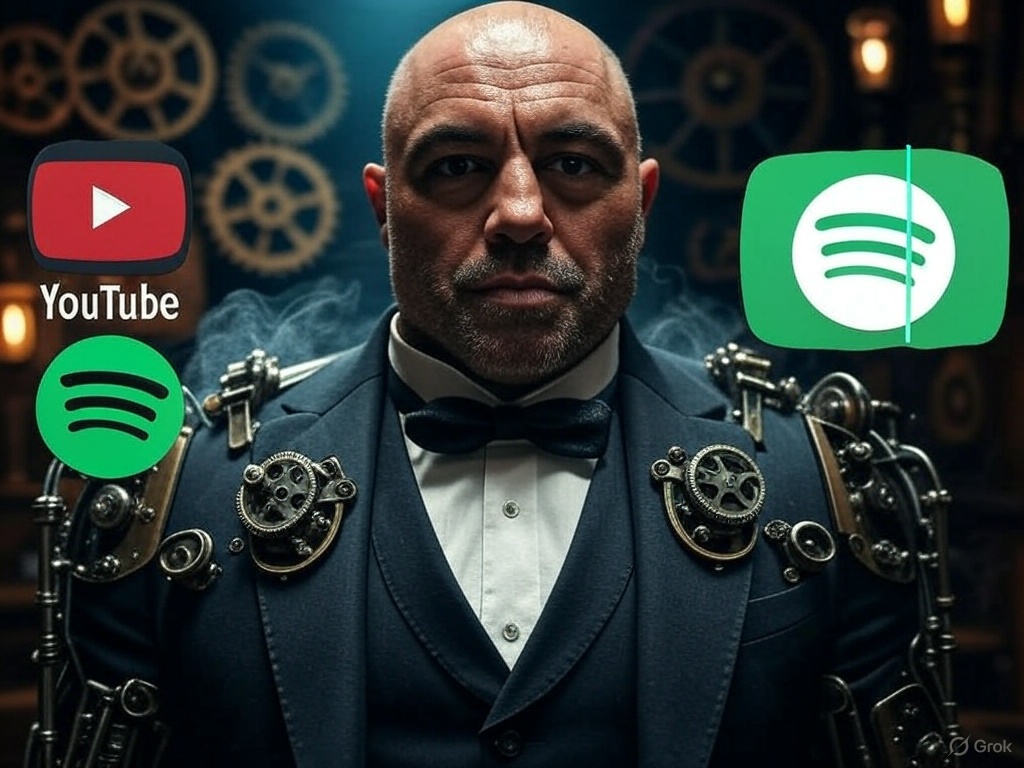YouTube recently launched its official podcast chart, signaling a bold push into the podcasting space with a clear message: if you want to top the rankings, video is key.
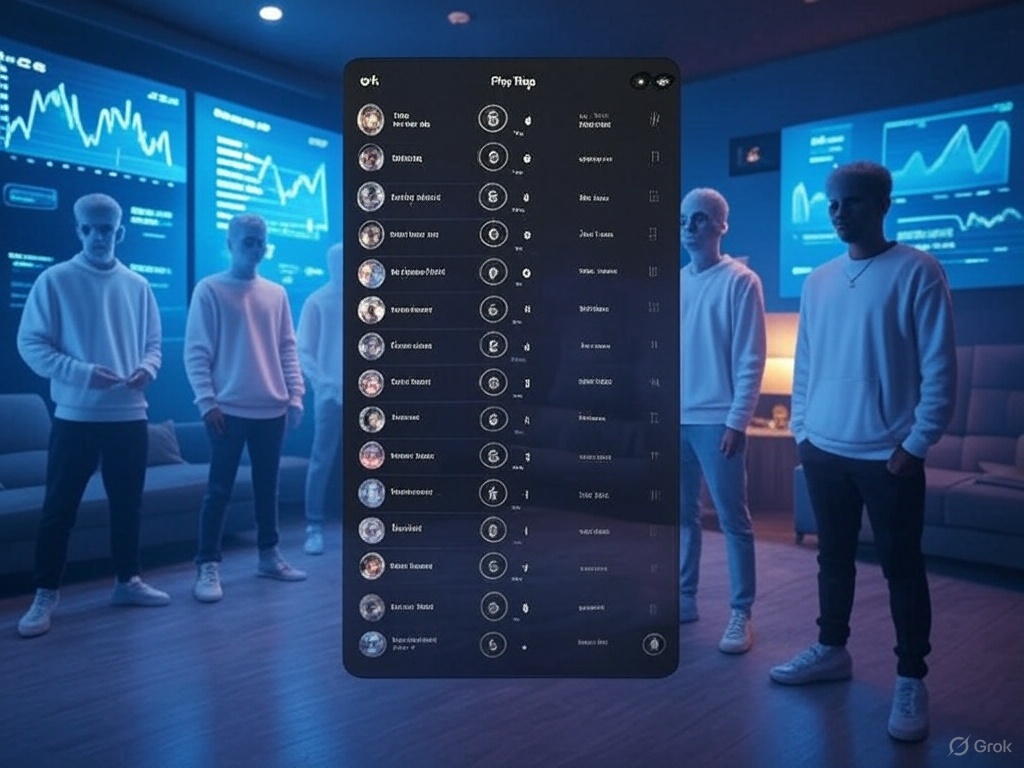 Updated every Wednesday, the chart ranks shows based on watchtime, prioritizing engaging visuals and dynamic formats.
Updated every Wednesday, the chart ranks shows based on watchtime, prioritizing engaging visuals and dynamic formats.
Meanwhile, Spotify’s podcast chart leans heavily into audio-first content, revealing a fascinating split in how these platforms define podcast success.
Comparing the two, only about one-third of shows overlap, with distinct trends shaping each platform’s top ranks.
YouTube: Where Visuals Reign
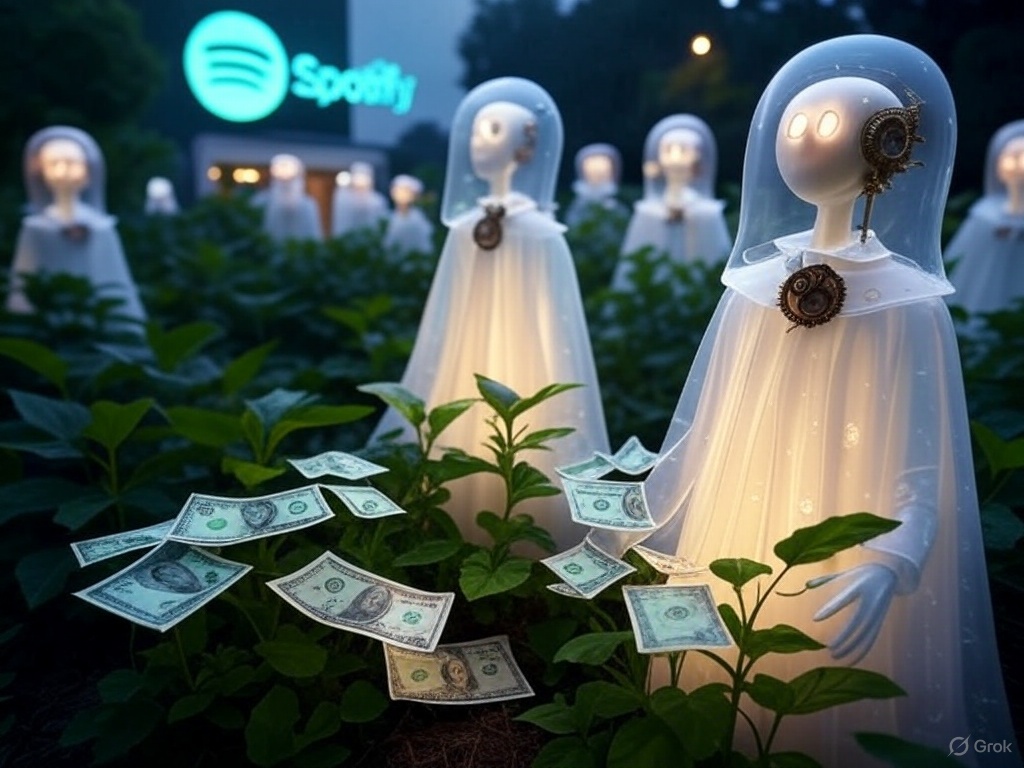 YouTube’s chart favors podcasts that double as visual spectacles. Stand-up comedy clips, reaction-style content, and sports interviews dominate, capitalizing on the platform’s video-driven ecosystem.
YouTube’s chart favors podcasts that double as visual spectacles. Stand-up comedy clips, reaction-style content, and sports interviews dominate, capitalizing on the platform’s video-driven ecosystem.
For example, shows like Rotten Mango, a true-crime series with story-time narration and slick infographics, consistently hit YouTube’s top three.
The emphasis on watchtime rewards formats that keep viewers glued to the screen, blending podcast audio with compelling imagery or in-person charisma.
Spotify: The Audio Haven
 In contrast, Spotify’s chart is a stronghold for audio-first podcasts. News, science-pop, and narrative-driven true-crime shows like Crime Junkie thrive without relying on visuals.
In contrast, Spotify’s chart is a stronghold for audio-first podcasts. News, science-pop, and narrative-driven true-crime shows like Crime Junkie thrive without relying on visuals.
Spotify’s listeners prioritize storytelling and substance over production flair, creating a haven for content that works just as well in the background. This audio focus shapes a top-10 list that feels more introspective and less performative than YouTube’s.
True-Crime: Same Genre, Different Stars
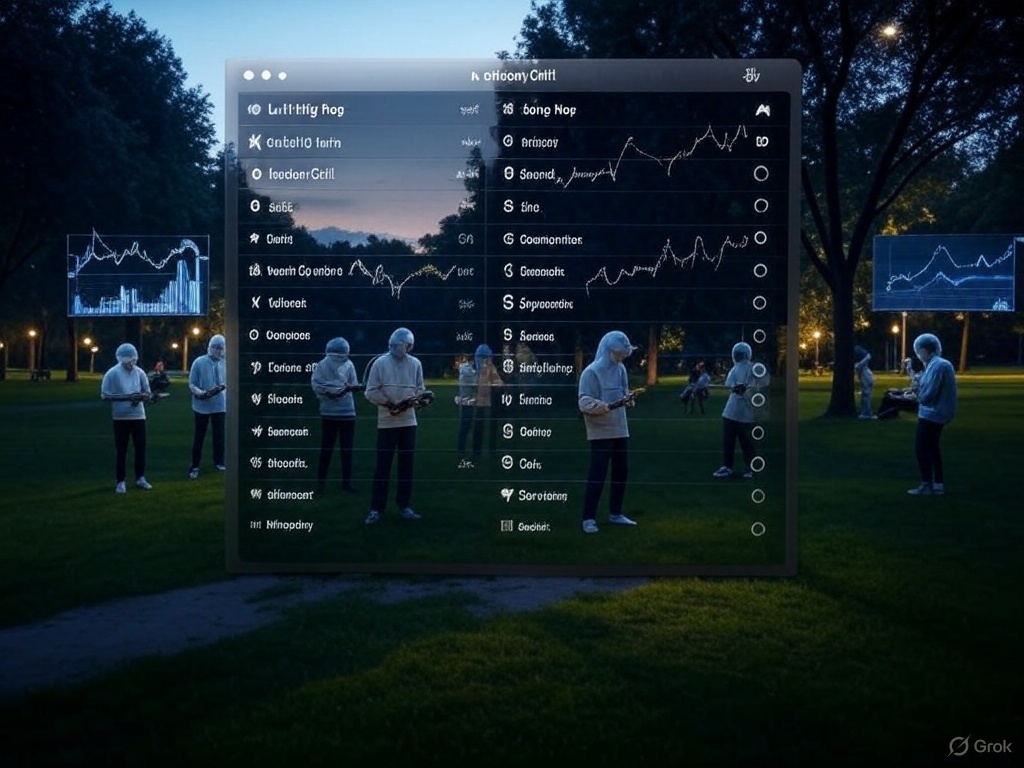 True-crime is a universal draw, but each platform crowns its own champions. YouTube’s Rotten Mango leverages its visual storytelling to climb the ranks, using graphics and host-driven narratives to stand out.
True-crime is a universal draw, but each platform crowns its own champions. YouTube’s Rotten Mango leverages its visual storytelling to climb the ranks, using graphics and host-driven narratives to stand out.
Spotify, meanwhile, elevates Crime Junkie, a classic audio format that hooks listeners with tightly scripted stories. The genre’s versatility shows how production style—visual versus auditory—can redefine a podcast’s appeal.
Politics: A Shared Stage with a YouTube Twist
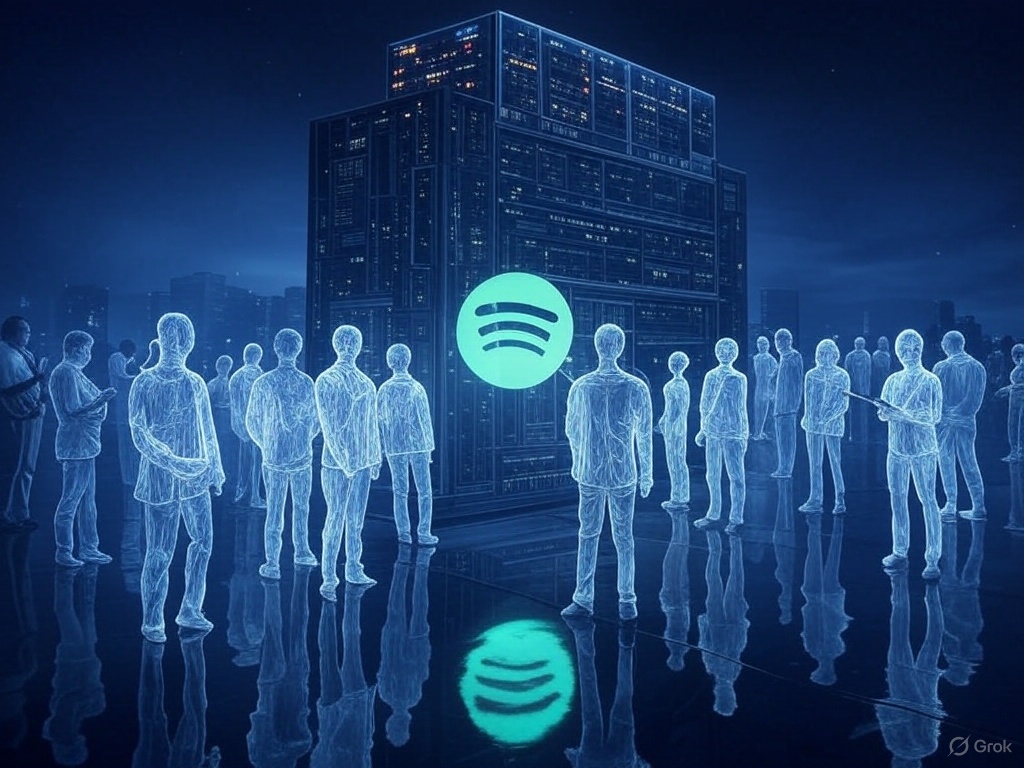 Politically charged podcasts also reveal platform differences. Right-leaning shows like The Tucker Carlson Show and Megyn Kelly hold strong in both charts, reflecting their broad appeal.
Politically charged podcasts also reveal platform differences. Right-leaning shows like The Tucker Carlson Show and Megyn Kelly hold strong in both charts, reflecting their broad appeal.
However, YouTube gives an edge to the liberal-leaning MeidasTouch, which has surged in popularity and even briefly rivaled Joe Rogan on Spotify.
YouTube’s visual platform amplifies MeidasTouch’s punchy, video-first commentary, making it a standout in a way Spotify’s audio focus doesn’t replicate.
Joe Rogan: The Universal Constant
Amid these differences, one name remains unchallenged: Joe Rogan. His Joe Rogan Experience tops both YouTube and Spotify charts, a testament to his unmatched reach. Rogan’s blend of long-form conversations, video-friendly studio setup, and universal appeal bridges the platforms’ divides, making him the rare podcast that thrives in both worlds.
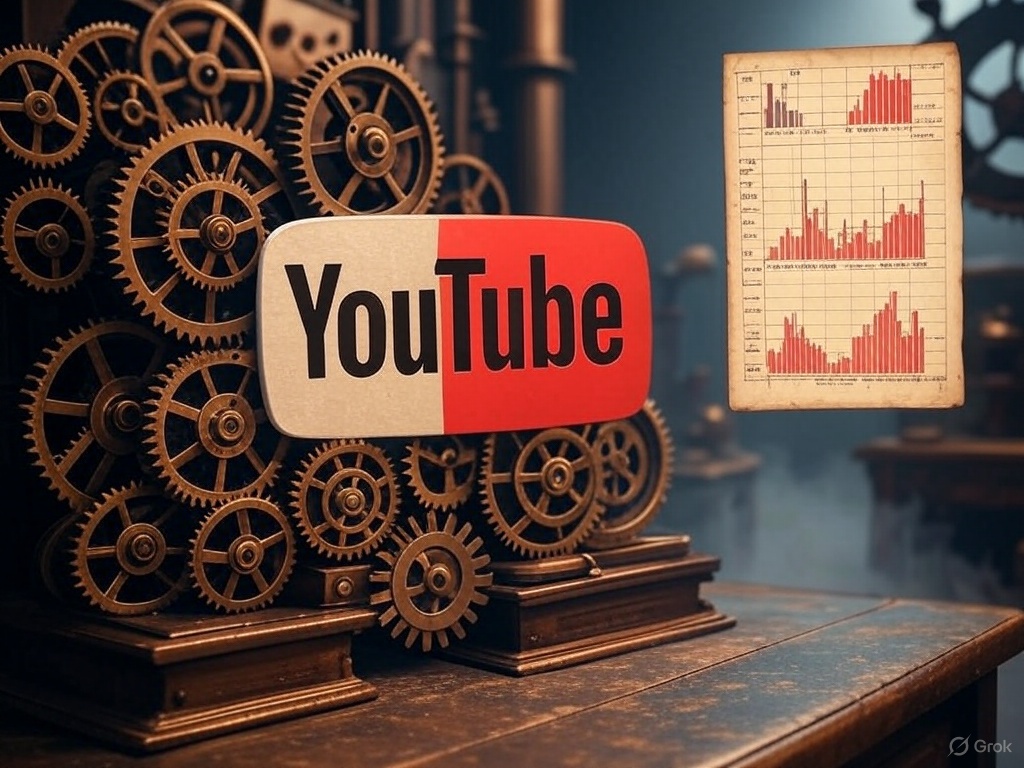 Also read:
Also read:
- The Podcasting Market: Undervalued by a Factor of Three
- Spotify Pays Over $100 Million to Podcasters and Creators in Q1 2025, Intensifying Competition with YouTube
- Patreon Emerges as the Unexpected Powerhouse in Podcasting
What It Means for Podcasters
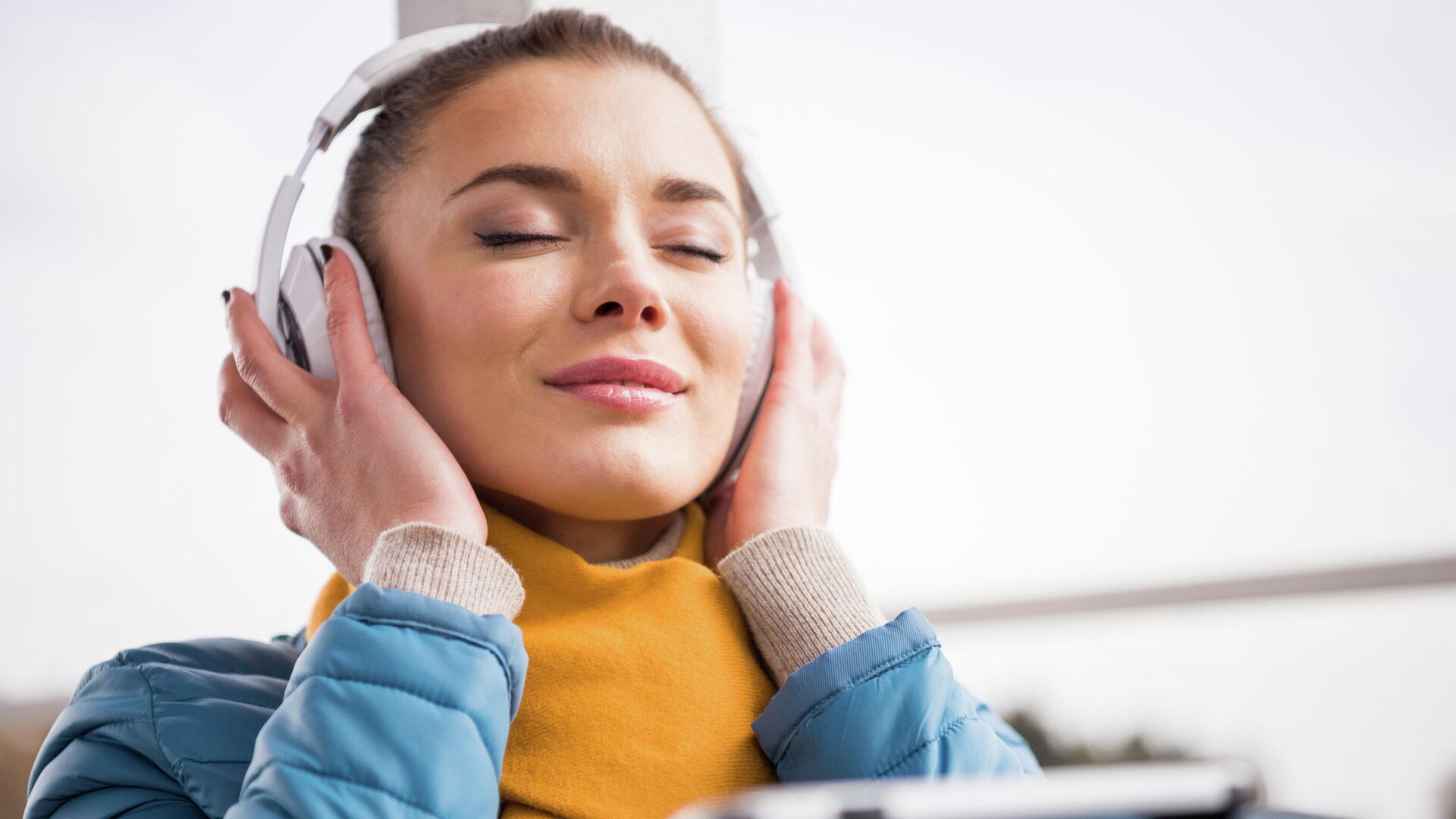 YouTube’s chart underscores a growing reality: video is reshaping podcasting.
YouTube’s chart underscores a growing reality: video is reshaping podcasting.
To compete on YouTube, creators need to think beyond audio, incorporating visuals that boost watchtime — whether through dynamic interviews, infographics, or reaction shots.
Spotify, however, remains a refuge for audio purists, rewarding storytelling that doesn’t need a screen. The overlap of just one-third of shows highlights how platform priorities shape listener habits and creator strategies.
As YouTube doubles down on video podcasts, the industry faces a choice: lean into visuals to chase YouTube’s algorithm or stick to audio for Spotify’s loyal earbuds. Either way, the podcasting landscape is evolving, and creators must adapt to these diverging paths to stay in the game.

